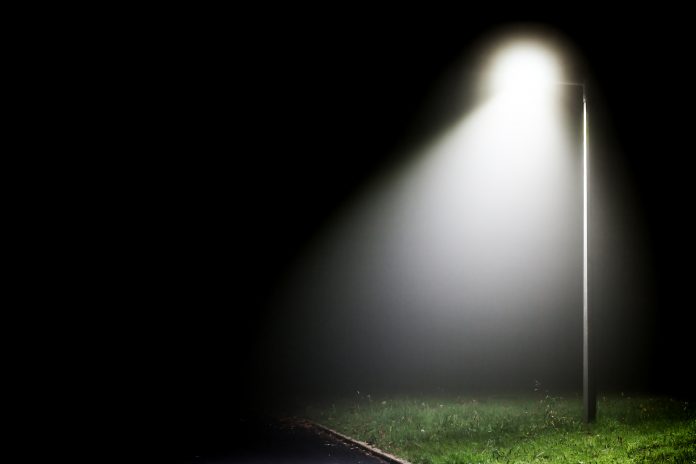A new study has shown that LED streetlights reduce insect populations by half, making them more harmful than the traditional sodium bulbs
The NERC-funded study, which was conducted by the UK Centre for Ecology & Hydrology, Newcastle University and Butterfly Conservation, found that moth caterpillars in hedgerows under LED street lamps were 52% lower than in unlit areas.
However, in hedgerows lit by sodium lighting, there was only a 41% lower abundance.
LEDs
Douglas Boyes of UKCEH led the study, says: “The effects observed – on local abundance, development and feeding behaviour – were more pronounced for white LEDs compared to traditional yellow sodium lamps.
“The rapidly increasing prevalence of LED lights, which are often much brighter as they are so energy-efficient and cheap to run, is likely to increase the negative impacts of light pollution on insects.
“This is expected to have knock-on effects on other species, including predatory insects, hedgehogs, and songbirds, which need to find hundreds of caterpillars a day to feed themselves and their young.
Moths
Dr Richard Fox of Butterfly Conservation, a co-author of the study, says: “The total abundance of moths in Britain has decreased by one third over the past 50 years. Understanding, and reversing, the causes of this worrying decline is a top priority for us. This research provides a vital insight into the negative impacts of streetlights on moth populations.”
Professor Darren Evans of Newcastle University, a co-author of the study, adds: “Light pollution is one of the few causes of biodiversity loss that has easy solutions. Ultimately, we need a balance between protecting both public safety and wildlife, by ensuring that lighting is well-designed, away from important habitats and switched on for limited times.”
Mr Boyes adds: “LEDs can be modified far more easily than sodium lamps, for example, by reducing their intensity through dimming, and using filters to block the blue wavelengths of light that are most harmful to insects.”
The full study has been published in the journal Science Advances.











